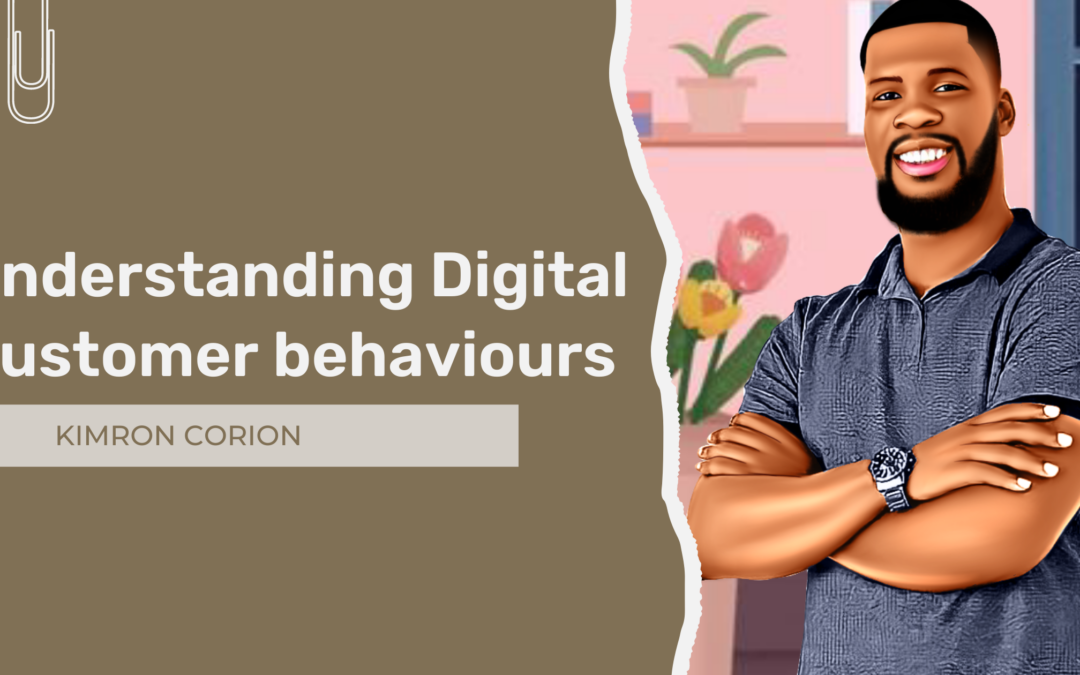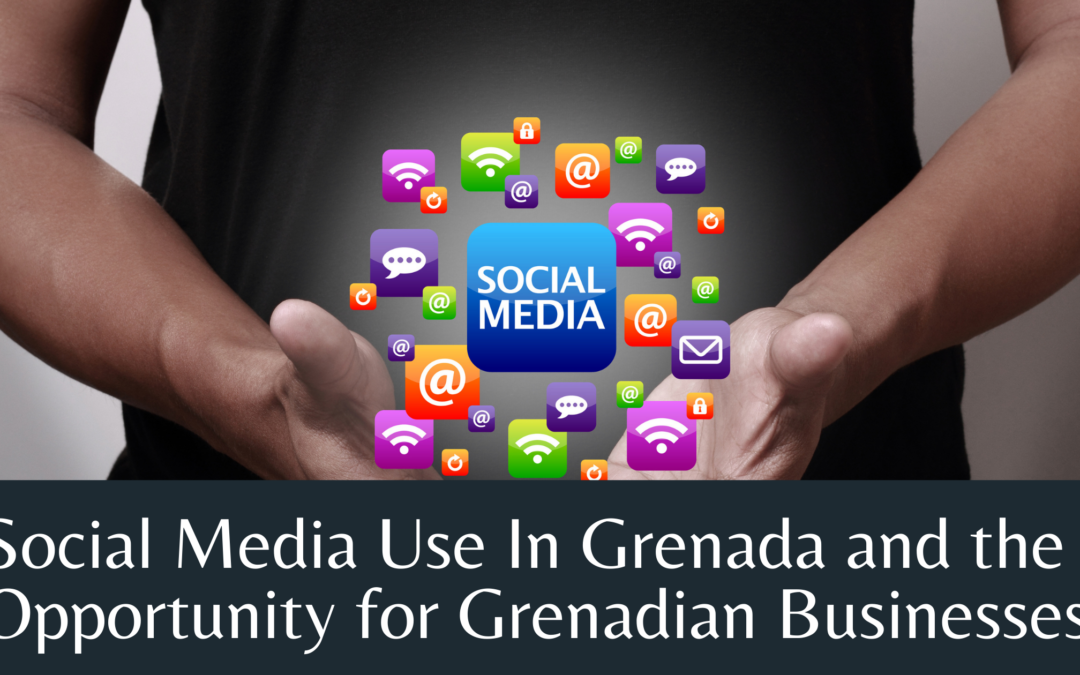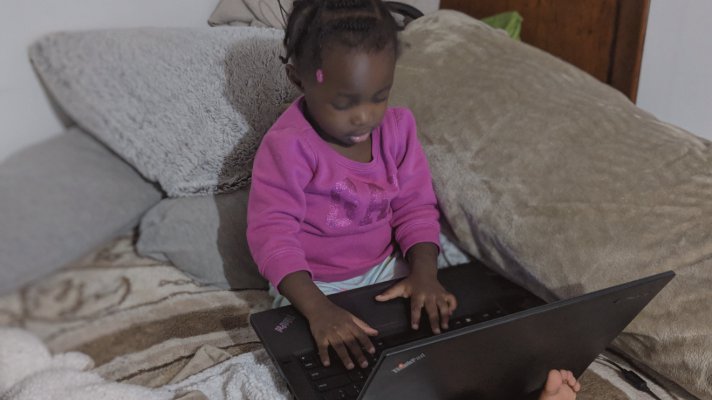
by user | Nov 21, 2021 | Customer bahaviour, Digital Transformation, Social Media, Social Network, Storytelling
I wrote a post recently about the five domains of digital transformation, with customer behaviour being one of the five domains of strategy that is changing because of digital technology. In this post, which you can read, I spoke about how digital technology is...

by user | Sep 27, 2021 | Digital Transformation, Social Media, Social Network
Covid19 has forced many countries one can argue to undergo about ten years of digital transformation in one year. Something as basic as online learning, many countries, especially Small Developing States (SDI’s) in the Caribbean, have a hard time dealing with this....

by user | Aug 15, 2021 | Caribbean, Content Creation, Facebook, Grenada, Social Media, Social Media Marketing
Every day I get intrigued that social media has quickly become the default form of media in Grenada and the Caribbean. When I speak to my friends about societal issues, they say this first thing to me. I didn’t see that on Facebook, or they may say, let me go to...

by user | Jan 19, 2019 | Caribbean, Social Media, Digital Citizenship
I always write about how businesses can take advantage of opportunities on Social Media. However, there is a side of social media that is having an adverse impact on young people, and they do not even understand what is happening. A few days ago I made a post on...

by user | Aug 16, 2018 | Entrepreneurship, Social Media, Storytelling
I have been consulting a lot with clients lately about their social media strategies and something over the past few weeks; something stood out to me. Lots of entrepreneurs do not understand some of the fundamentals of using Social Media for business. I never thought...





